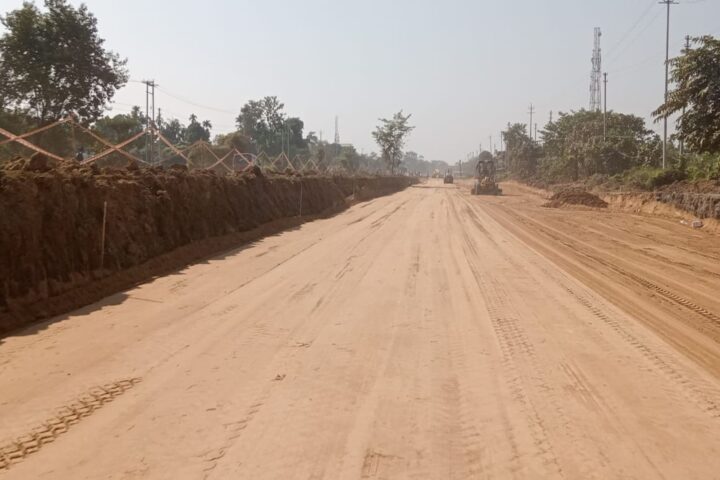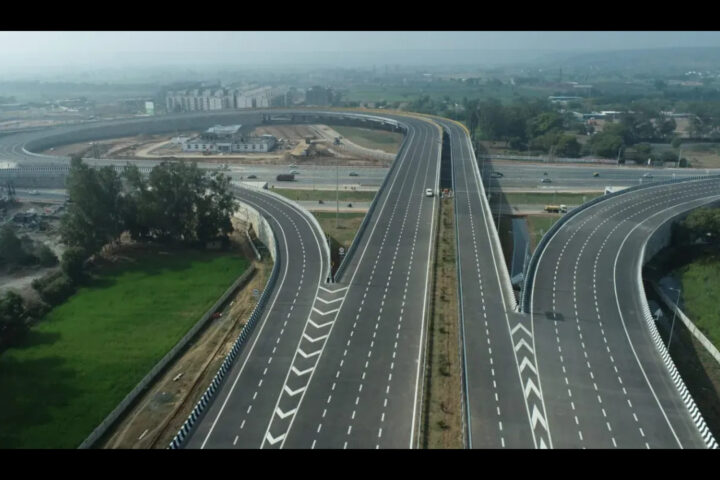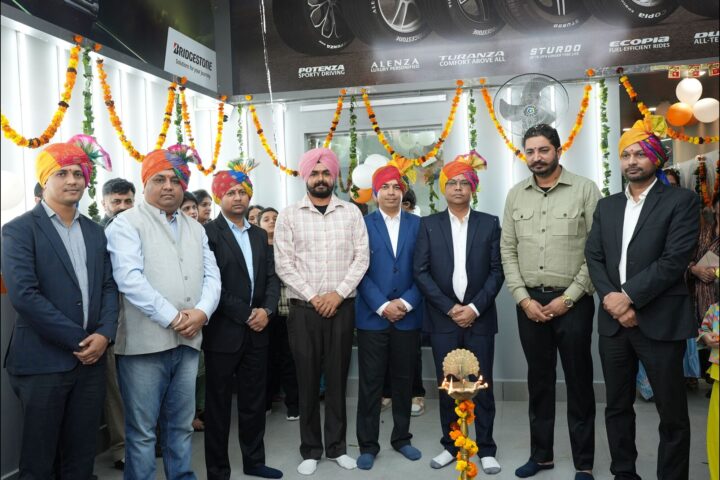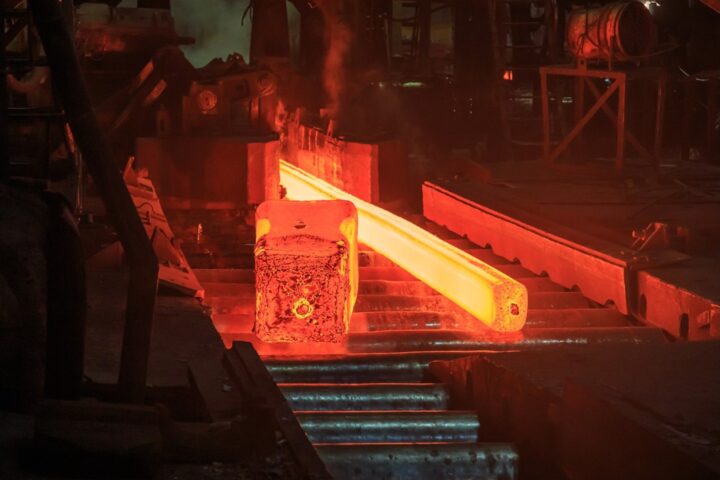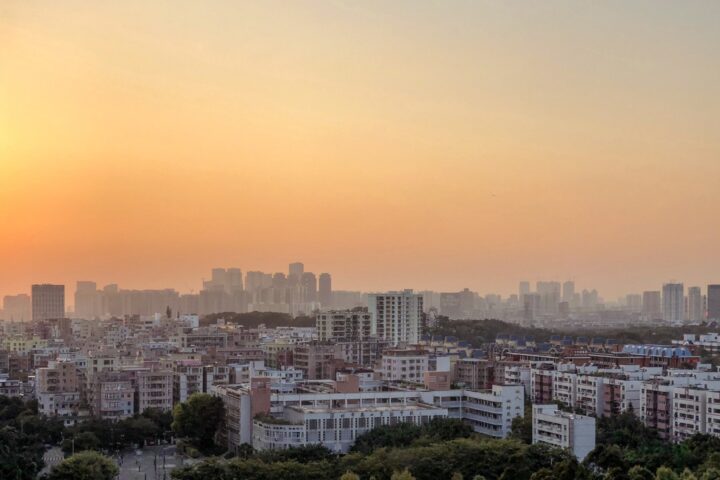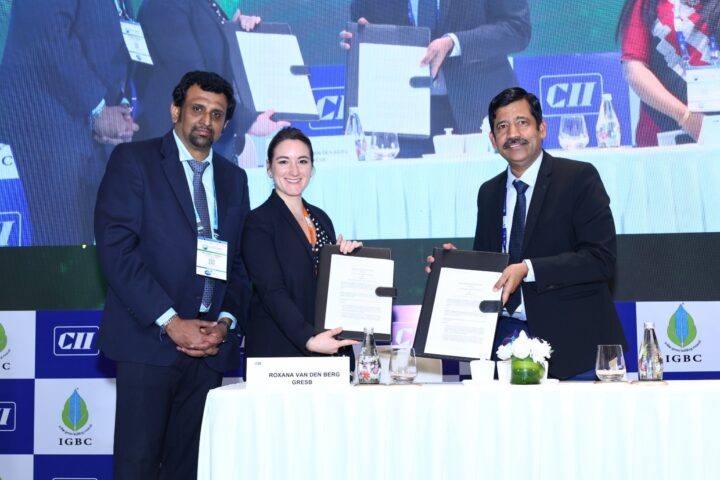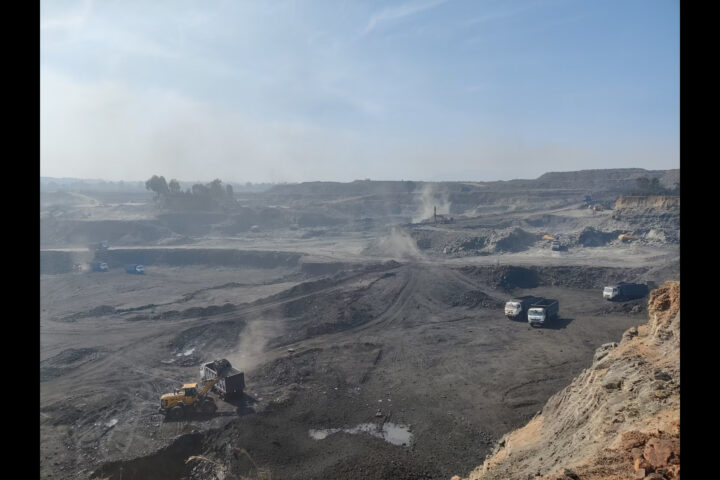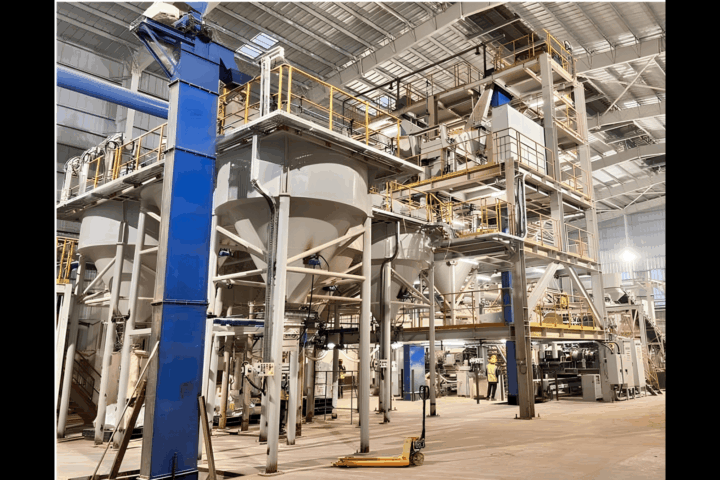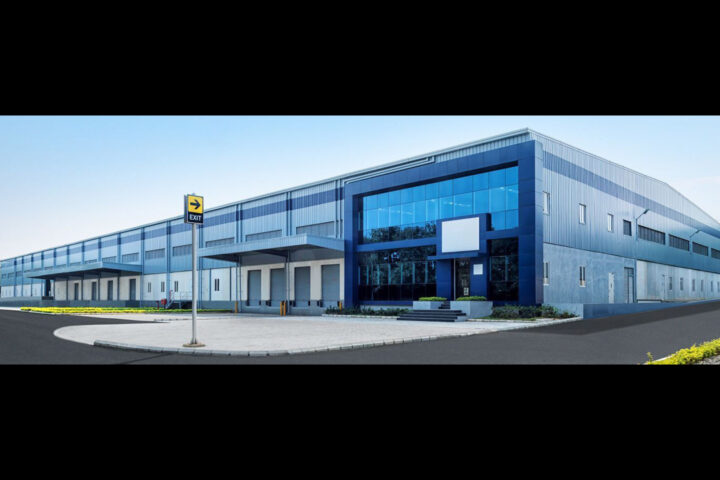Abhishek Baheti, Co-Founder – Strategy and Network Buildout, MatchLog Solutions
If 2023 laid the foundation, 2024 is the year India’s logistics industry has made sustainability a central priority. This transformation, once perceived as a lofty ideal, has now begun to take shape in tangible, measurable ways. Green logistics is no longer just a promise on paper.
For a sector contributing 14% of India’s GDP but also a significant share of carbon emissions, this shift is revolutionary. Road freight alone accounts for over 40% of total transport emissions, as per the International Council on Clean Transportation. However, 2024 marks the rise of an industry-led movement driven by innovation, policy incentives, and sustainability goals, creating a new narrative for logistics in India.
Logistics players are beginning to realize that efficient, green supply chains do not just benefit the environment – they are better for business. By optimising operations, reducing energy costs, and meeting evolving customer demands for responsible practices, sustainability is turning into a growth driver.
Policy, intent, and action converge
At the heart of India’s green logistics revolution in 2024 is a mix of bold policymaking and measurable action. The PM Gati Shakti initiative and the National Logistics Policy (NLP) created the blueprint for integrated, efficient supply chains. However, what has truly accelerated progress this year is the deliberate focus on decarbonization.
Take rail freight, for instance. India’s dedicated freight corridors (DFCs) are helping rebalance the load from road to rail. According to NITI Aayog, shifting cargo to rail reduces carbon emissions by up to 80% compared to road transport. This is not just an environmental win; it improves cost efficiency for businesses looking to optimize long-haul freight.
Similarly, the government’s National Green Hydrogen Mission is enabling innovation in clean fuels. Pilot projects for hydrogen-powered trucks are now gaining momentum along key freight corridors. For short-haul logistics, state-level EV policies under FAME II are accelerating the adoption of EVs, particularly in urban and semi-urban markets.
India’s progress in inland waterways is equally remarkable. The Inland Waterways Authority of India (IWAI) reports a steady increase in cargo movement along waterways, offering a cleaner, more efficient alternative to road transport. Coastal shipping, too, is coming into its own as a cost-effective and eco-friendly solution for bulk freight.
Technology for efficiency and reducing emissions
In a country where logistics networks are vast and complex, digitisation is key to reducing inefficiencies that drive up both costs and emissions. For instance, real-time route optimization powered by AI and machine learning is helping companies eliminate empty miles – a persistent challenge in road freight. Predictive analytics tools are improving fuel efficiency by identifying optimal routes and reducing idling times. These innovations are making it possible for logistics operators to achieve tangible emissions reductions while cutting operational costs.
Another breakthrough in 2024 is the rise of digital freight matching platforms, which are helping solve the problem of underutilized return cargo. By ensuring trucks and containers travel fully loaded, companies are reducing emissions per kilometre travelled—a small change with outsized environmental impact.
Battery-swapping stations are another notable success story this year. Addressing range limitations for electric freight vehicles, these stations are rapidly expanding across logistics hubs, ensuring seamless EV operations. What was once a barrier to adoption is now a key enabler of sustainable last-mile deliveries.
Breaking the road dependency
For too long, India’s reliance on road freight has been both a logistical and environmental challenge. However, 2024 has seen meaningful strides towards multimodal logistics – a shift that is reshaping how goods move across the country. Rail freight’s growing role cannot be overstated. The DFCs have significantly increased rail’s share of cargo movement, providing a cleaner, more reliable alternative to diesel-powered trucks. Coastal shipping, too, has emerged as a key player, with increasing volumes of cargo now moving along India’s extensive coastline.
Meanwhile, inland waterways are offering businesses an additional mode for moving bulk cargo efficiently. According to government estimates, transporting freight via waterways reduces costs by up to 30% compared to road transport, with significantly lower emissions. The true power of multimodal logistics lies in integration. Businesses that successfully combine road, rail, and water transport are not only reducing their carbon footprints but also building more resilient, cost-effective supply chains.
Challenges and opportunities
India’s progress towards green logistics is promising, but the journey is far from over. High transition costs remain a barrier, particularly for small and mid-sized logistics operators. Investments in EVs, hydrogen technology, and green infrastructure demand significant capital, which many players struggle to access. Infrastructure gaps also need urgent attention. While progress has been made on EV charging stations and rail freight corridors, scaling these solutions across India’s vast geography will take time and sustained effort.
Yet, these challenges pale in comparison to the opportunities. A cleaner, more efficient logistics sector can drive massive economic value. By adopting sustainable practices today, businesses can future-proof their operations, reduce costs, and gain a competitive edge.
A defining moment for logistics
For the first time, sustainability is being treated as a priority, not an afterthought. Policies, technology, and business innovation are converging to transform logistics into an enabler of India’s net-zero ambitions. This is a collective effort. From rail freight corridors and electric fleets to AI-powered optimizations, every step matters. What we do today will shape not just the logistics industry but the future of India’s economy and environment.


.jpg)


